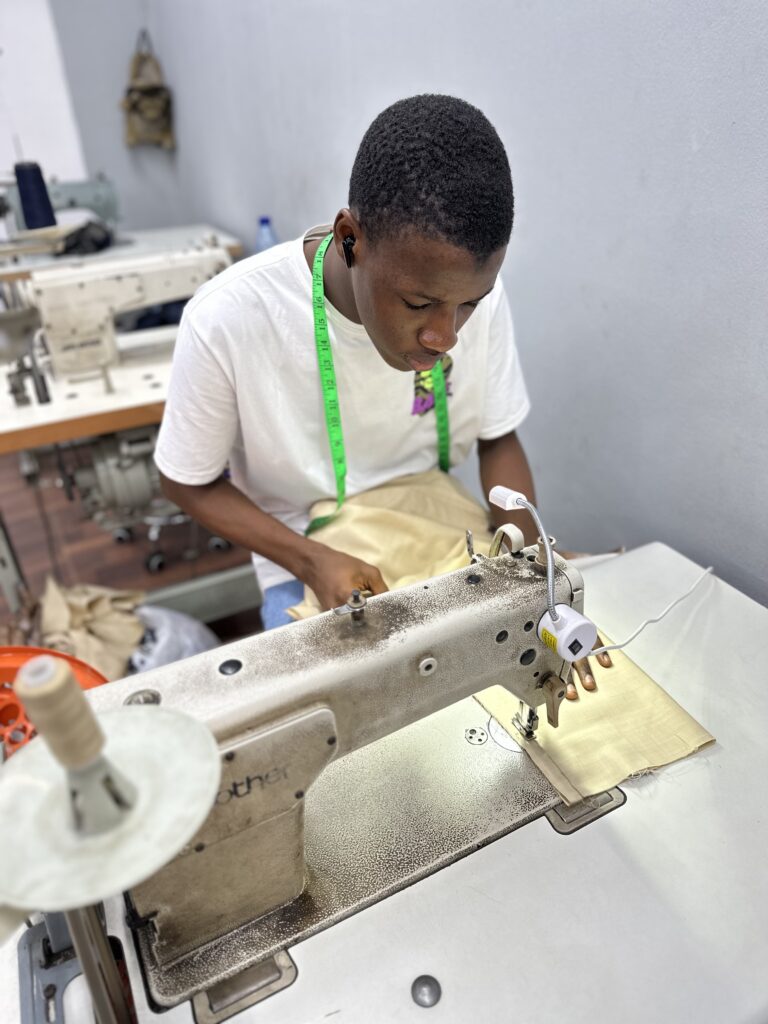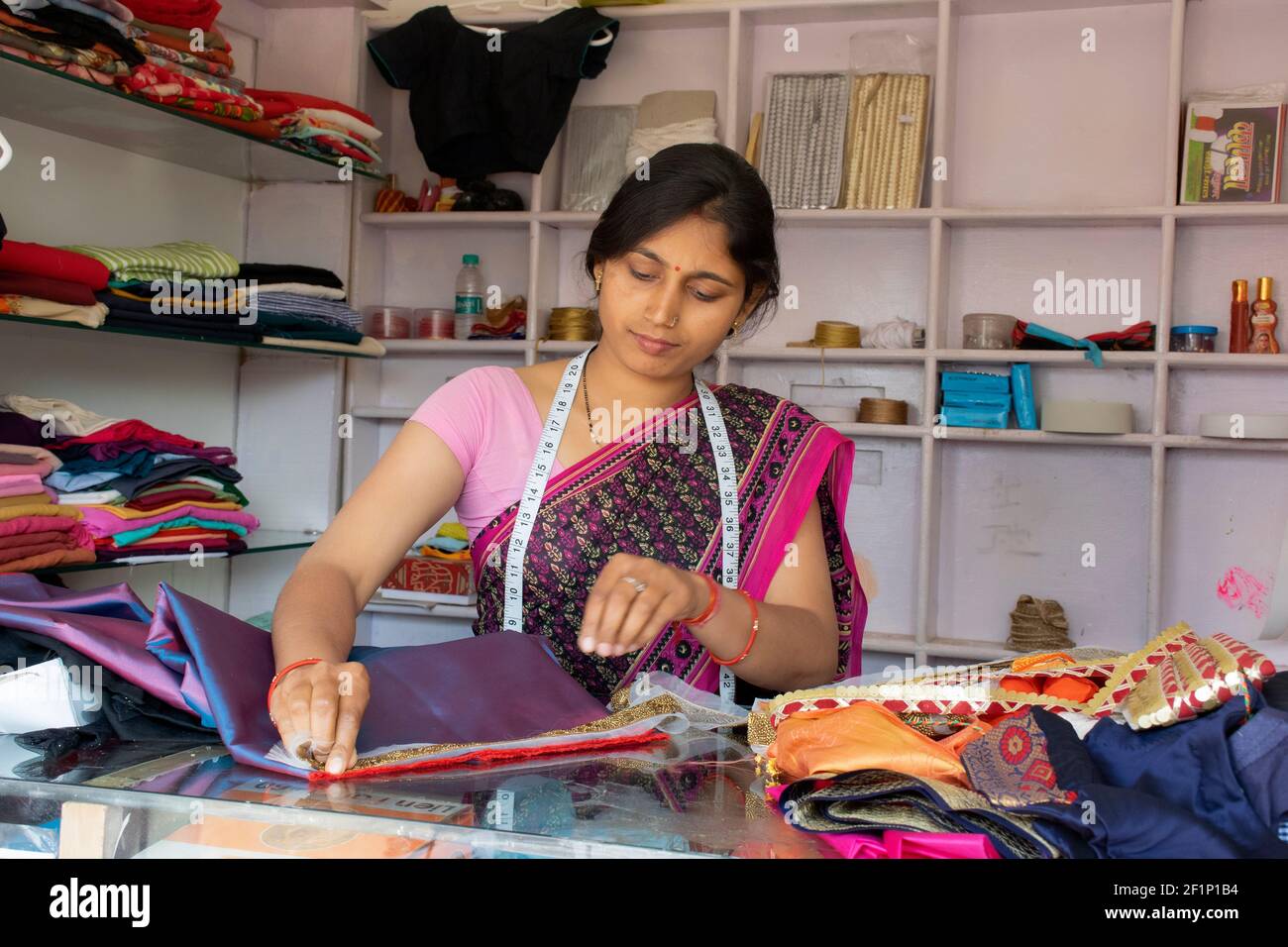Find the Best Tailor Perth: Costs Tailoring for Distinctive Design
Find the Best Tailor Perth: Costs Tailoring for Distinctive Design
Blog Article
Recognizing the Tailoring Refine: From Textile Option to Final Suitable for the Perfect Closet
The tailoring procedure is a complicated interaction of art and scientific research, beginning with the crucial decision of material option and culminating in the precise adjustments of last installations. Each textile kind brings special qualities that influence not just the visual charm however likewise the garment's durability and viability for various celebrations.
Significance of Material Option
Choosing the ideal fabric is essential in the tailoring process, as it directly influences the convenience, toughness, and overall visual of the final garment (tailor perth). The option of textile establishes the structure for the garment's design, performance, and performance. Various fabrics have unique properties, such as breathability, weight, and stretch, which can considerably influence exactly how the garment drapes and fits the body
Furthermore, textile choice affects the garment's long life and convenience of care. Premium textiles can hold up against deterioration, keeping their appearance and framework with time, while lower-quality materials may cause pilling or fading. In addition, the best material adds to the garment's capacity to transition across celebrations and periods, therefore boosting adaptability.
A customized piece made from an ideal material not just showcases workmanship however likewise boosts the user's self-confidence. As a result, recognizing the subtleties of material choice is vital for any type of tailoring endeavor. It makes certain that the final product not just satisfies the aesthetic wishes of the customer but likewise aligns with functional needs, thus achieving a harmonious balance in between form and feature in the tailored wardrobe.
Sorts Of Fabrics and Their Uses
Understanding the various kinds of materials readily available is vital for making notified decisions throughout the tailoring procedure. Each material has distinct attributes that dictate its suitability for particular garments and events.
Its versatility permits it to be customized into everything from tee shirts to gowns. Its natural elasticity aids garments maintain form over time.
Silk exhibits luxury and is lightweight, making it excellent for eveningwear and fragile shirts; however, it calls for mindful handling due to its fragility. Bed linen, with its textured surface, is a popular option for cozy environments, giving a ventilated and crisp feeling, however it wrinkles easily, which may impact the garment's look.
Synthetic textiles, such as polyester and nylon, deal sturdiness and resistance to creases, making them ideal for day-to-day wear and energetic clothes. Recognizing these textile types and their residential or commercial properties enables better decision-making, making certain that each customized item not just fits well however also lines up with the intended purpose and occasion.
The Tailoring Methods Discussed
The art of customizing depends on a variety of strategies that change fabric into well-fitted garments. Central to this procedure is pattern drafting, where a dressmaker develops themes based upon the client's measurements and desired design. This initial step guarantees that the garment will certainly fit the wearer properly prior to any reducing occurs.
Once patterns are established, reducing strategies enter play. Accuracy is paramount as errors can bring about misfitting garments. Tailors often utilize different cutting methods, such as single-layer cutting for complex designs and multiple-layer cutting for effectiveness on conventional patterns.
Basting is an additional vital technique, permitting tailors to temporarily stitch textile items with each other for an initial installation. This method supplies the opportunity to assess the drape and general shape before last stitching.
Seaming methods, consisting of flat-felled seams and French seams, enhance the garment's resilience and aesthetic allure. Tailors likewise use techniques such as interfacing and padding to offer structure and shape to certain locations, like collars and shoulders.
Last but not least, ending up techniques, consisting of hemming and edge ending up, make certain the garment's longevity while offering a sleek appearance. With each other, these techniques create the foundation of effective tailoring, causing elegant, tailor-made apparel.
Suitable Adjustments and Considerations

Secret considerations consist of the shoulder fit, which must neither sag neither restrict movement, and the sleeve size, which must enable comfy arm movement while keeping a polished appearance. Furthermore, changes at the midsection can fine-tune the silhouette, with alternatives to allow out or take in material as needed.
The surge of pants is an additional critical element; it needs to rest conveniently over the hips without triggering pain, enabling simplicity of motion. Hemming lengths for both trousers and skirts need to mirror the wearer's preferred style while valuing proportions.

Maintaining Your Tailored Wardrobe
Always comply with the care tag directions, which may advise dry cleaning for fragile fabrics or maker washing for even more durable materials. Stay clear of constant laundering, as this can wear down the material and change the garment's shape.
Storage is equally important; use padded wall mounts for coats and layers to maintain shoulder Resources structure, and shop pants folded nicely or hung to stop creasing. Safeguard garments from direct sunlight, which can fade colors and damages fibers.
Additionally, periodic inspections for small fixings can protect against larger concerns. Look for loosened buttons, tearing seams, or indications of moth damages, resolving these issues quickly to keep the garment's stability.
Finally, consider seasonal rotation. Putting on customized pieces in moderation enables fabrics to recover, extending their lifespan. By carrying out these upkeep techniques, you can make sure that your tailored garments continue to be as immaculate as the day you initially wore them, boosting your ideal wardrobe for several years ahead.
Final Thought
The tailoring procedure, including textile selection, competent methods, and precise suitable changes, plays an essential function in producing garments that boost both convenience and design. Understanding the significance of upkeep extends the life of tailored garments, strengthening their value in a well-curated closet.
Choosing the best textile investigate this site is crucial in the tailoring procedure, as it straight affects the convenience, toughness, and total aesthetic of the final garment. The option of textile establishes the foundation for the garment's design, performance, and performance. Various fabrics possess distinct buildings, such as breathability, weight, and stretch, which can dramatically impact just how the garment drapes and fits the body.
The art of customizing counts on a variety of strategies that transform material into well-fitted garments.The customizing procedure, encompassing textile choice, skilled techniques, and accurate suitable modifications, plays an essential duty in producing garments that boost both convenience and design.
Report this page